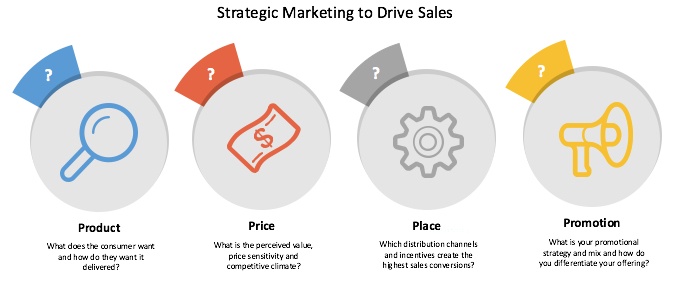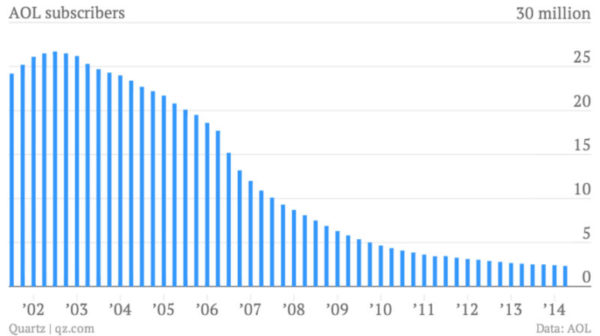Every company, no matter the industry, wants effective marketing: marketing that drives growth and sales performance. When we have our kick-off calls, however, companies are not talking about effective marketing. They almost always articulate their marketing needs as one-off projects.
“How fast can we put together a webinar? Sales needs a white paper! We should be podcasting! We need media coverage!”
Companies want to jump right into tactical execution, without attention to the long-game – without considering the overall marketing strategy, specific goals or messaging. The result is a patchwork of marketing content that may fulfill an acute need, but that have little value or life beyond that need.
This is not effective marketing.
So what’s the trick to driving sales with marketing?
Here’s the Secret
There really isn’t any magic behind it.
Highly successful marketers take time to understand their customers and environment in which they operate. They define a strategy before they execute.
Three key ingredients all work hand-in-hand to direct effective marketing:
- Develop your marketing strategy
- Define your communications platform
- Build your execution plan
Step 1: Develop your Marketing Strategy
Your company’s marketing strategy is the overall game plan to reach your target market and convert them into customers. It is the basic foundation for your entire marketing plan. It is the foundation for effective marketing.
Targeted market research and analysis help you better understand your customer, competition and external environment. Armed with this critical information, the ‘four Ps’ of the marketing mix (Product, Price, Place, Promotion) guide you in building your marketing strategy. Read more about the 4 Ps.
Step 2: Define your Communications Platform
Once you’ve identified the specific objectives you want to achieve, you can now address messaging: what to say, how to say it, who to say it to, and when to say it. A well-defined communications platform provides the basis for consistent and effective communication – messaging that works.
Step 3: Build your Execution Plan
With the strategy in place and communications platform defined, you’re ready to take action. Make a list of everything you want to do, document how it supports your strategy, estimate how much it will cost and project your target execution date.
A limited execution budget will require you to prioritize activities based on your strategy. If you’re having trouble prioritizing what you need to do, go back to Step 1!
Quick tip for start-ups: If you don’t have time to do significant research and needs analysis, go through your “wish list” and select activities that will help move the middle and bottom of the funnel. Hit your revenue goals and reinvest.
Final Thoughts
As you delve into the tactical implementation of vendor selection and production (or go it alone!), remember to set measurable goals and check-in points to help you make adjustments and adapt to changing business conditions.
With these steps in mind, the white paper might still be part of your immediate tactical plan. Instead of a ‘one-off’, though, it’ll be part of a larger strategy that is much more comprehensive and ultimately more effective.











